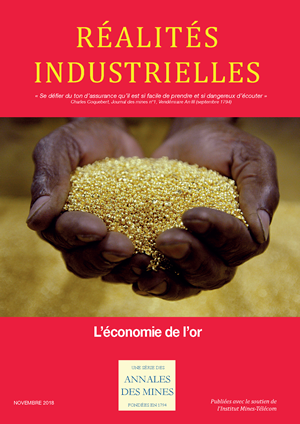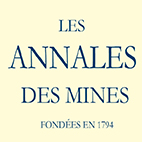| |

|
|
 Novembre 2018 - L'économie de l'or Novembre 2018 - L'économie de l'or
Delegating Regulation: European Union and Financial Markets
Sharyn O’Halloran,
Columbia University,
Karen Chen,
Rudra M Guha Biswas,
Hoon Kim,
Pu Liu,
YouFei Zhang
and
YunPeng Zhou
This paper analyzes the design of financial regulatory structure in the European Union. We develop a two-pronged approach to track changes in decision-making authority in EU financial market regulations and directives enacted from 1964 to the present. Traditional observational data collection methods manually code laws to identify the amount of discretionary authority delegated to regulatory bodies that oversee segments of financial markets. The lack of robustness and scalability of this approach, however, may limit the generalizability of observational studies. To remedy these potential shortcomings, we match observational methods with data science techniques, in particular natural language processing, to visualize complex patterns in the text of laws and temporal movements. The combination of both observational and computational approaches provides more detailed insights of the various elements of financial regulatory structure and the temporal allocation of decision-making authority among the European Commission, regulatory agencies and the Members States. Our analysis indicates that both the scope and location of decision-making authority shifted over time, moving from Member States to EU regulatory agencies. The amount of discretionary authority delegated to EU agencies to implement regulations, on the other hand, has remained largely unchanged.
 Télécharger gratuitement l'article Télécharger gratuitement l'article
 Retour au sommaire Retour au sommaire
 November 2018 - The economics of gold November 2018 - The economics of gold
Delegating Regulation: European Union and Financial Markets
Sharyn O’Halloran,
Columbia University,
Karen Chen,
Rudra M Guha Biswas,
Hoon Kim,
Pu Liu,
YouFei Zhang
and
YunPeng Zhou
This paper analyzes the design of financial regulatory structure in the European Union. We develop a two-pronged approach to track changes in decision-making authority in EU financial market regulations and directives enacted from 1964 to the present. Traditional observational data collection methods manually code laws to identify the amount of discretionary authority delegated to regulatory bodies that oversee segments of financial markets. The lack of robustness and scalability of this approach, however, may limit the generalizability of observational studies. To remedy these potential shortcomings, we match observational methods with data science techniques, in particular natural language processing, to visualize complex patterns in the text of laws and temporal movements. The combination of both observational and computational approaches provides more detailed insights of the various elements of financial regulatory structure and the temporal allocation of decision-making authority among the European Commission, regulatory agencies and the Members States. Our analysis indicates that both the scope and location of decision-making authority shifted over time, moving from Member States to EU regulatory agencies. The amount of discretionary authority delegated to EU agencies to implement regulations, on the other hand, has remained largely unchanged.
 Download full article Download full article
 Retour au sommaire Retour au sommaire
|
|




